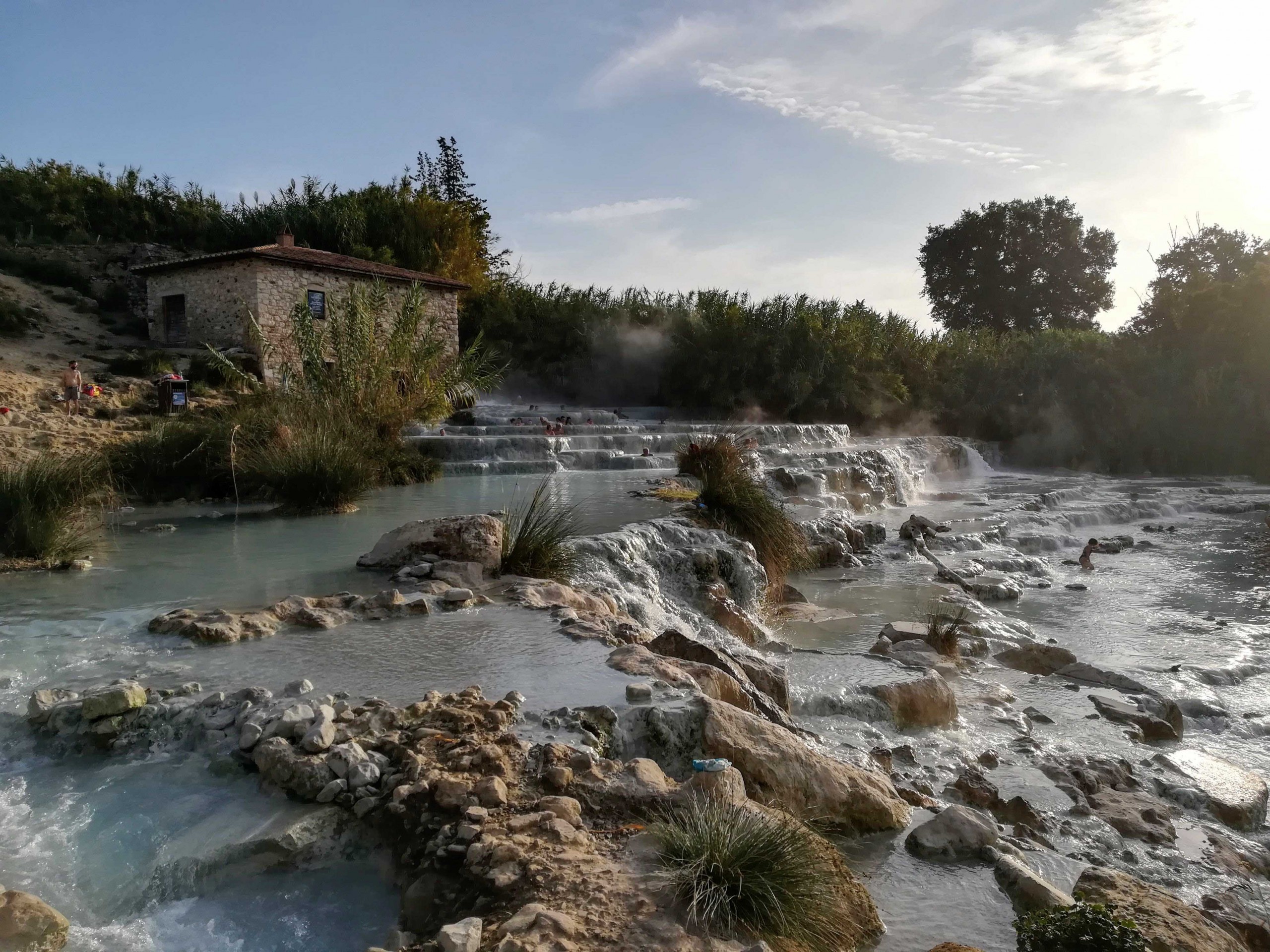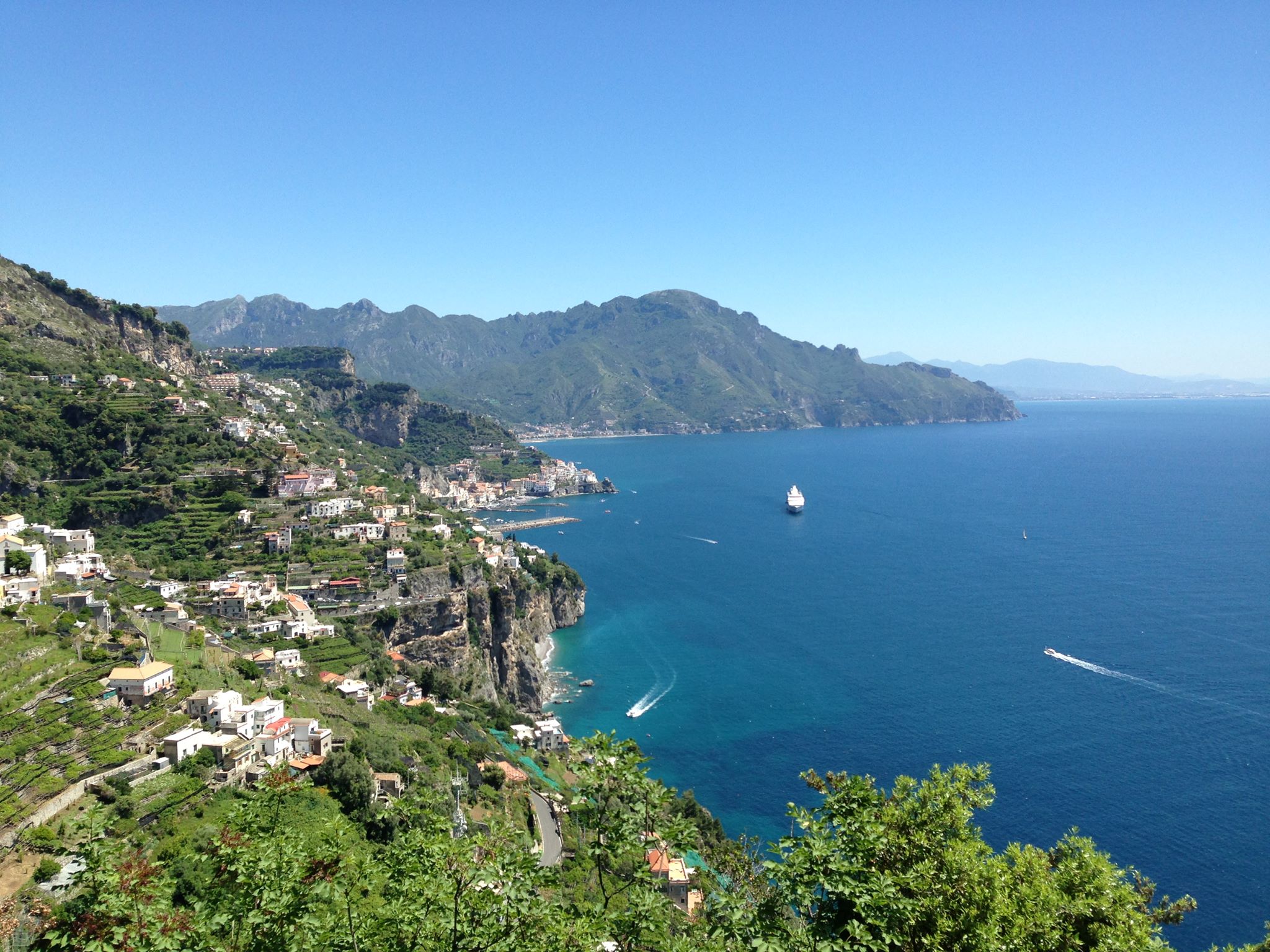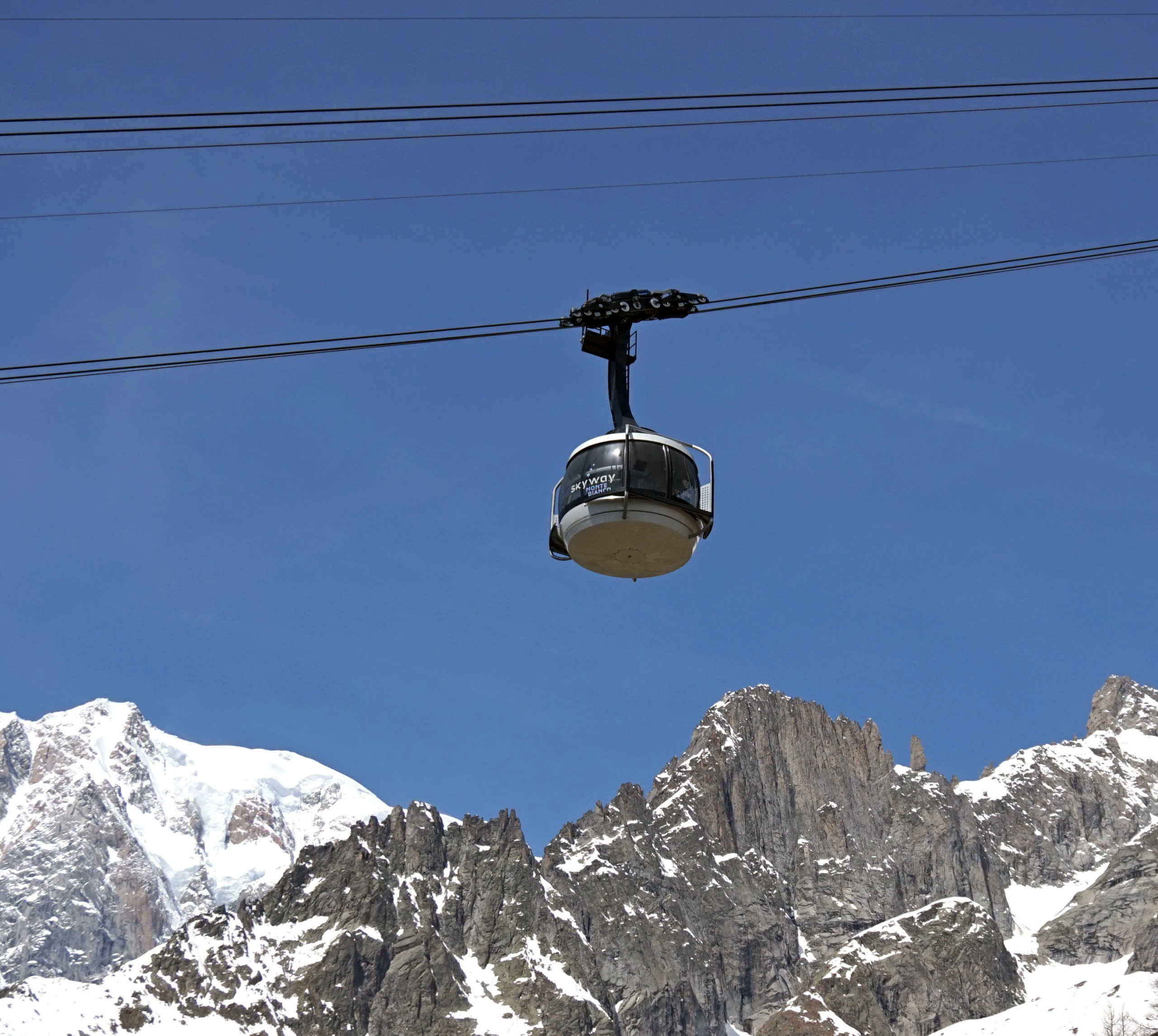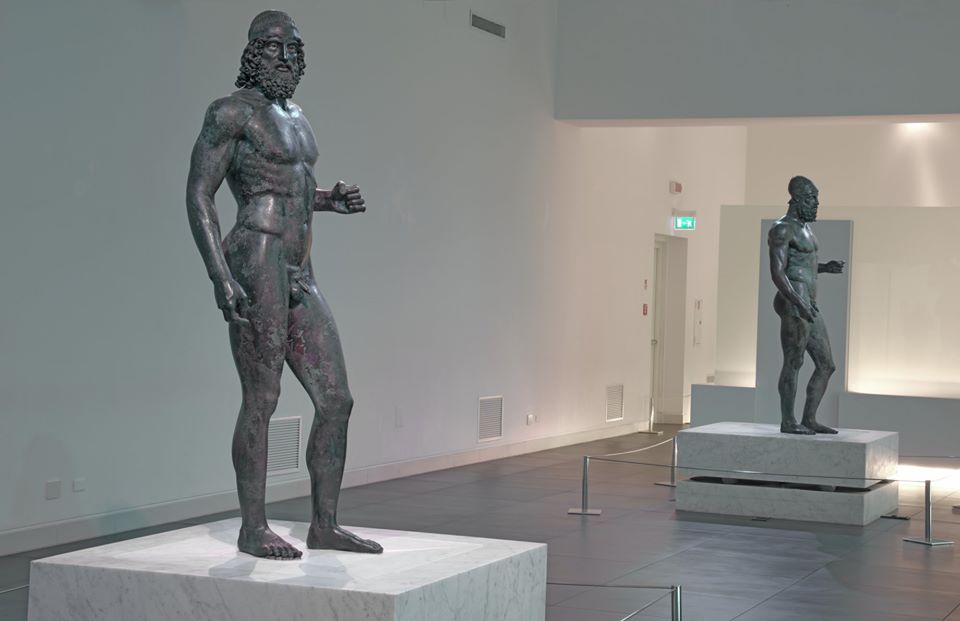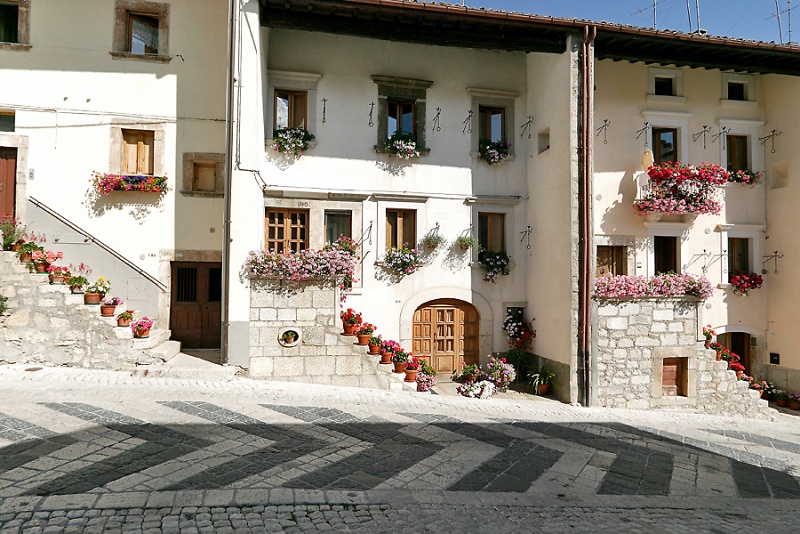847 years have passed since the first installation for the construction of the Tower of Pisa. A little less than two hundred instead are the years that, between interruptions and resumptions, it took to complete it. Leaning tower is one of the most characteristic symbols of our country and since 1987 UNESCO has declared it a World Heritage Site together with the entire monumental complex of the cathedral.
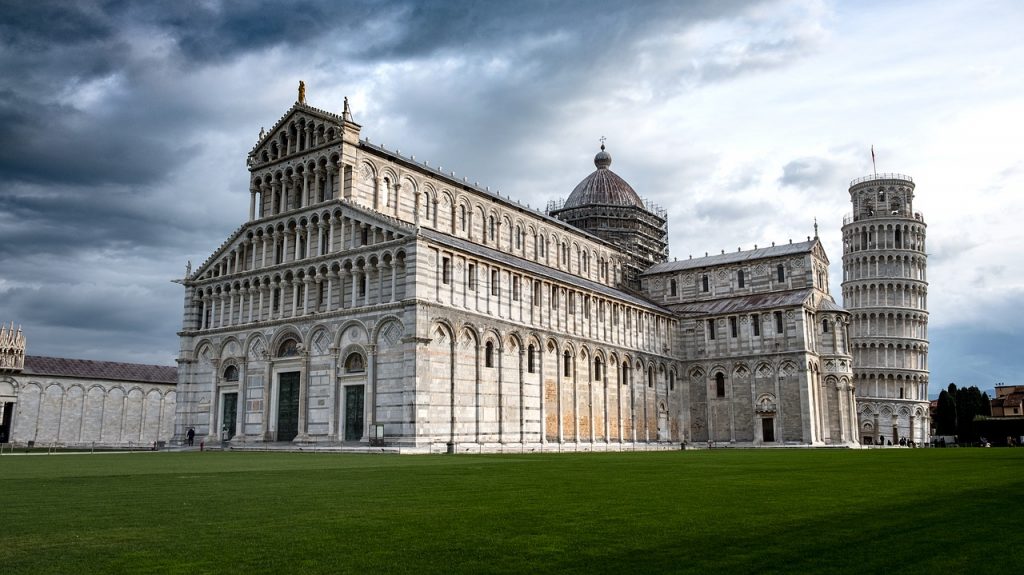
The tower, in fact, was built with the function of the bell tower of the Cathedral. The complex, in perfect Romanesque style, embellishes the famous Piazza dei Miracoli. White color of the leaning tower, the Duomo, the Baptistery and the Camposanto stand out from the intense green of the meadows in the heart of Pisa. The entire existence of man, from birth to death, embodied in majestic architectural expressions.
A snapshot of the leaning tower
The slope of the tower of Pisa is approximately five meters from the vertical at the highest point. With a height of 56 meters, the bell tower stands out over Piazza del Duomo or Piazza dei Miracoli. This last name is due to Gabriele D’Annunzio and began to be used with familiarity after the war. The poet spoke, in fact, of “meadow of Miracles” referring to the famous square in the novel Forse che sì forse che no. Full of attractiveness due to its curious slope, the tower has occupied the studios of artists and architects. But even the imagination of the tourists was less. Just think of the myriads of photos in which the tower is the protagonist of funny and funny poses.
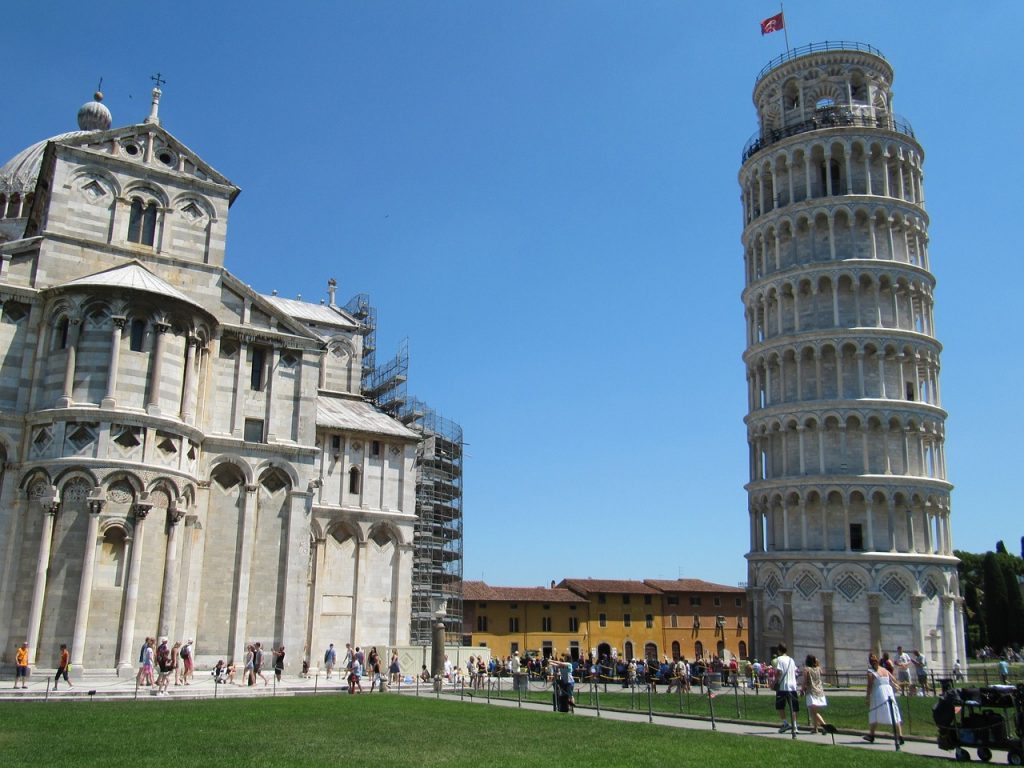
In truth, the slope has not only generated attraction, but also a lot of concern. In 1964, alerted by the building’s instability, the then-incumbent government launched a request for help. It was necessary to intervene in order to prevent the collapse of the most famous bell tower in Italy. About thirty-six years later, in 1990, it was decided to close the tower to the public. It was also necessary to adapt the building to the security measures in force. On June 16, 2001, the doors of the tower reopened to visitors.
Brief history of the Pisan bell tower
Many architects have worked on the project and on the different construction phases of the tower. However, there is no absolute certainty as to who first started the work. Until a few years ago it was believed that the first architect to have worked on the construction sites of the leaning bell tower was Bonanno Pisano. It seems that Pisano started construction work on 9 August 1173. In this preliminary phase, the first floor was surrounded by 15 white marble columns with classical capitals and blind arches. The tower was not yet leaning. Unfortunately, however, the land on which the bell tower was built was mainly composed of sand and clay
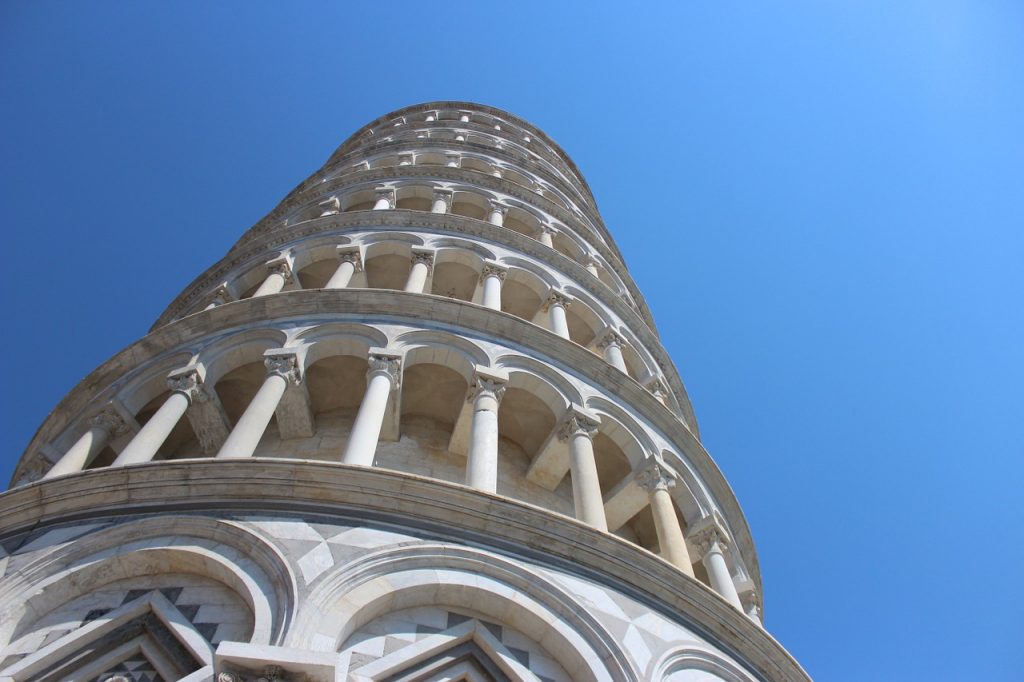
So much so that the building had not even reached the third floor (order) when, in 1178, the tower began to tilt by 5 centimeters with consequent interruption of the works. Some more recent sources, while remaining faithful to the construction phases, recognize Diotisalvi as being the paternity of the original works. He had already designed and built the Baptistery. In any case, regardless of who really was the first architect of the tower of Pisa, the building began to lean and the whole construction site stopped.
The first hundred years of waiting for the Tower of Pisa
The unfinished tower waited for about a hundred years. Until in 1274 the architect Giovanni di Simone took on the task of completing the construction. The first goal he set in the roadmap was to limit the damage generated by the inclination. Basically, he intended to proceed with the construction of the next four floors vertically. Unfortunately, the result obtained was not what Simone had hoped for. The inclination persisted. On the contrary, it was always getting worse, so much so that in 1298 it reached a pluviometric deviation of 1.43 meters. Once again, an interruption left the tower incomplete.
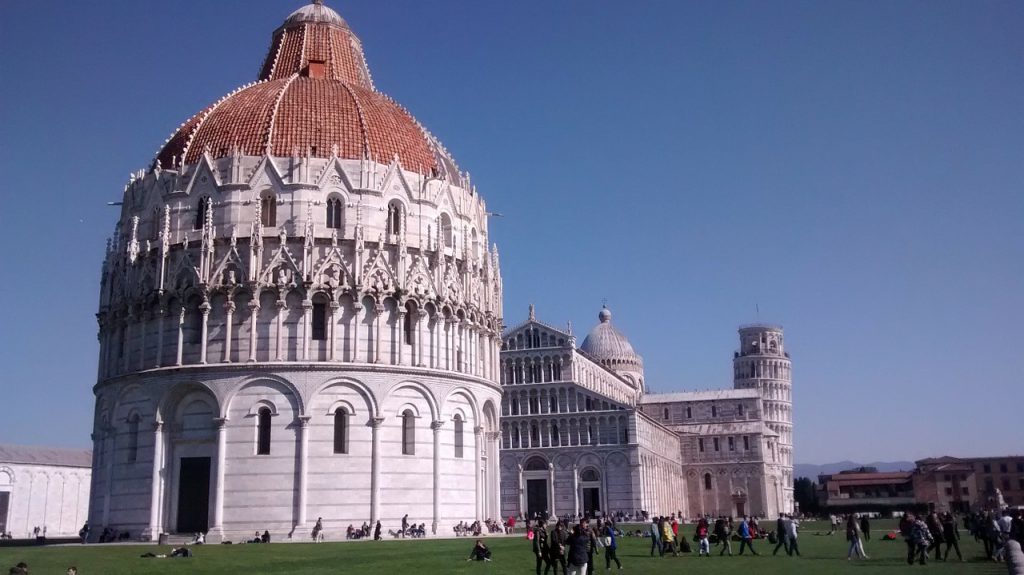
A complete tower … but leaning
The work resumed passing from Tommaso to Nicola and finally to Giovanni Pisano. In 1350 the tower was complete, but it was inaugurated twenty-three years later after the addition of the belfry. The bell tower has eight floors, six of which are surrounded by a small loggia with round arches. To date, as we have seen, the slope is the strong point of one of the symbols of the beautiful country.


